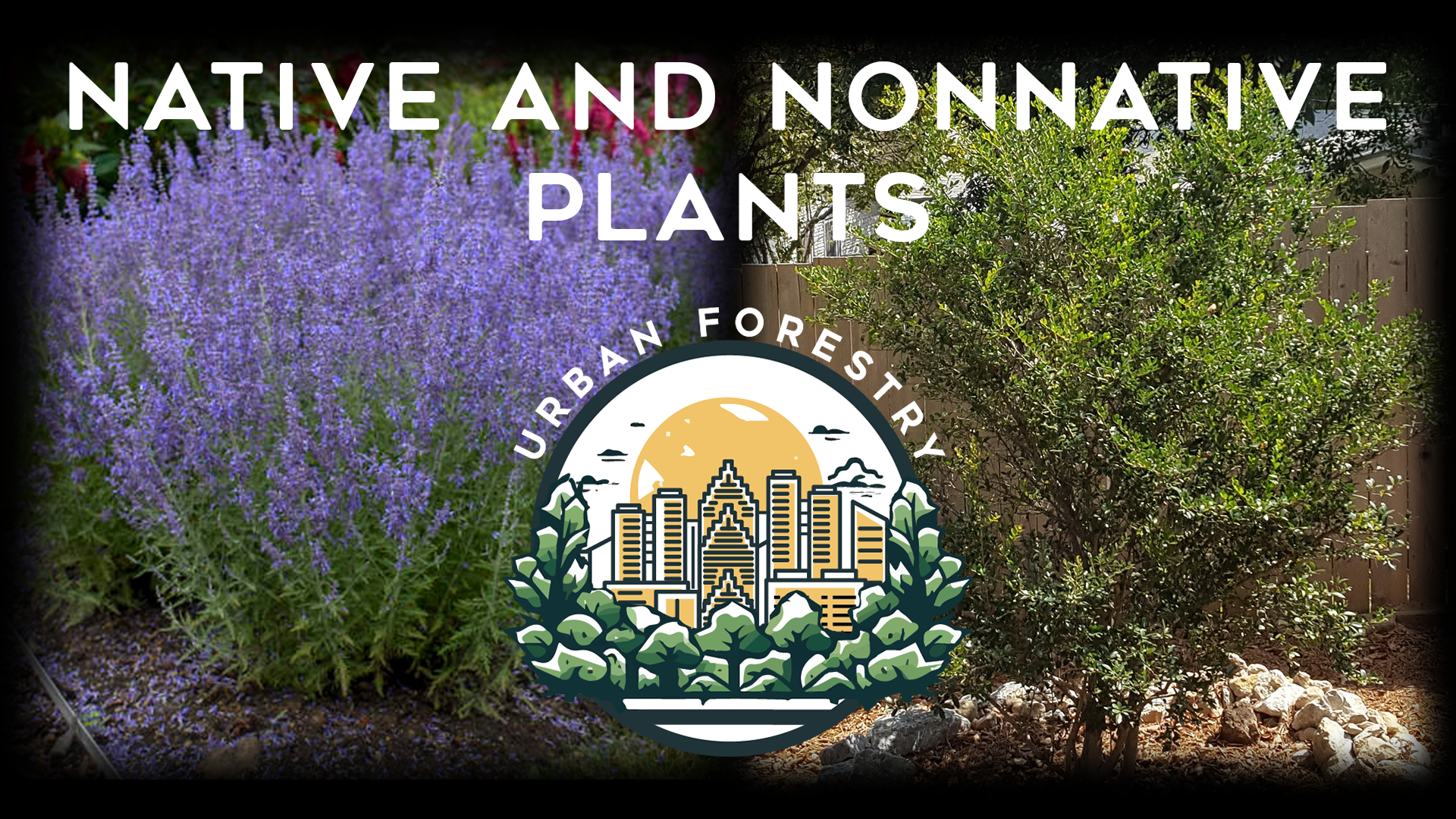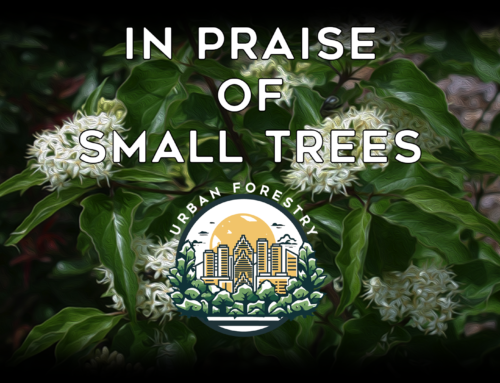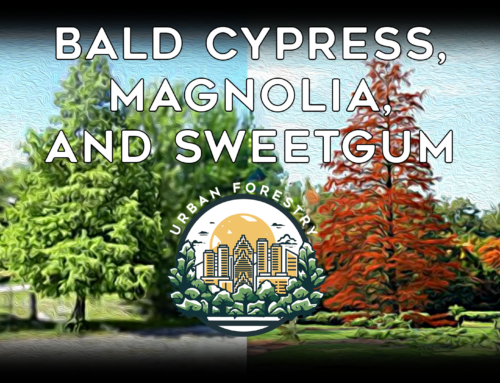Native and Nonnative Plants
Native plants versus nonnative plants is a question often asked by gardeners with all levels of
experience. Even defining that which is a native plant can be daunting. In this article I wish to give my
thoughts. Not all natives are right for a particular site (drainage, sunlight, slope etc. may affect choice).
Not all nonnatives are bad or even toxic. In my landscape I aim for 70% natives and 30 % noninvasive
exotics. Keep in mind that what we do on our own lots affects the larger environment either positively
or negatively. One might think of nonnative plants as ecological junk food, which is okay in small
percentages, but our environment needs the native plants for real sustenance.
What plants are native to our area? A tough question which will forever beg a definitive answer.
Houston is the meeting place for the East Texas forest, coastal woods, coastal prairie, and Post Oak
Savannah. Plants grow well here that are native to much of Texas, Louisiana, the Gulf Coast of the South,
and Northern Mexico. Is a native plant one which only occurs here or one from these related areas? I
operate with the thought that plants from these areas qualify as “native” and are worthy of use.
The benefits of native plants include contributing to a vital environment for our insects and birds. As
they evolved in our area for many millennia, they are better able to survive the extremes of weather,
need less water and fertilizing which saves tax money spent on protecting water ways and supplies and
saves your own money on escalating costs. When choosing plants and trees look for native non cultivar
plants as they fill an environmental niche and are beautiful and hardy. However, circumstances may
require a nonnative for an ornamental look. For example, a Japanese Magnolia or a Eurasian fruit tree
such as peach or pear.
The overriding concern with nonnative plants is whether they are invasive. If they are not, then enjoy
them in moderation. Invasives plants that should be removed, if possible, include all Ligustrum species,
Chinaberry, Chinese Tallow, Nandina (dwarf is not invasive so it’s okay, but natives are still preferable),
and the Camphor tree. This list is not inclusive of all but represents the most common in the Heights
area. Camphor trees for example are handsome, aromatic, hardy in summer though not cold hardy in
extreme winter. Those fine qualities are erased by its incredibly invasive nature overwhelming native
woods and shading out native trees and understory that support large populations of birds and
pollinators.
Alternatives for nonnatives are:
Yaupon, Wax Myrtle, or Cherry Laurel rather than Ligustrum species
Barbados Cherry or Strawberry Bush rather than Nandina
River Birch, Redbud or Sassafras instead of Chinese Tallow, Chinaberry, or Camphor
When in doubt consult a local nursery whose staff has knowledge of our eco system and can offer good
alternatives. Avoid the “big box” or national chains. Another source of information is the Native Plant
Society of Texas. www. ttps://npsot.org/wp/resources/plant-lists-by-ecoregion/



















